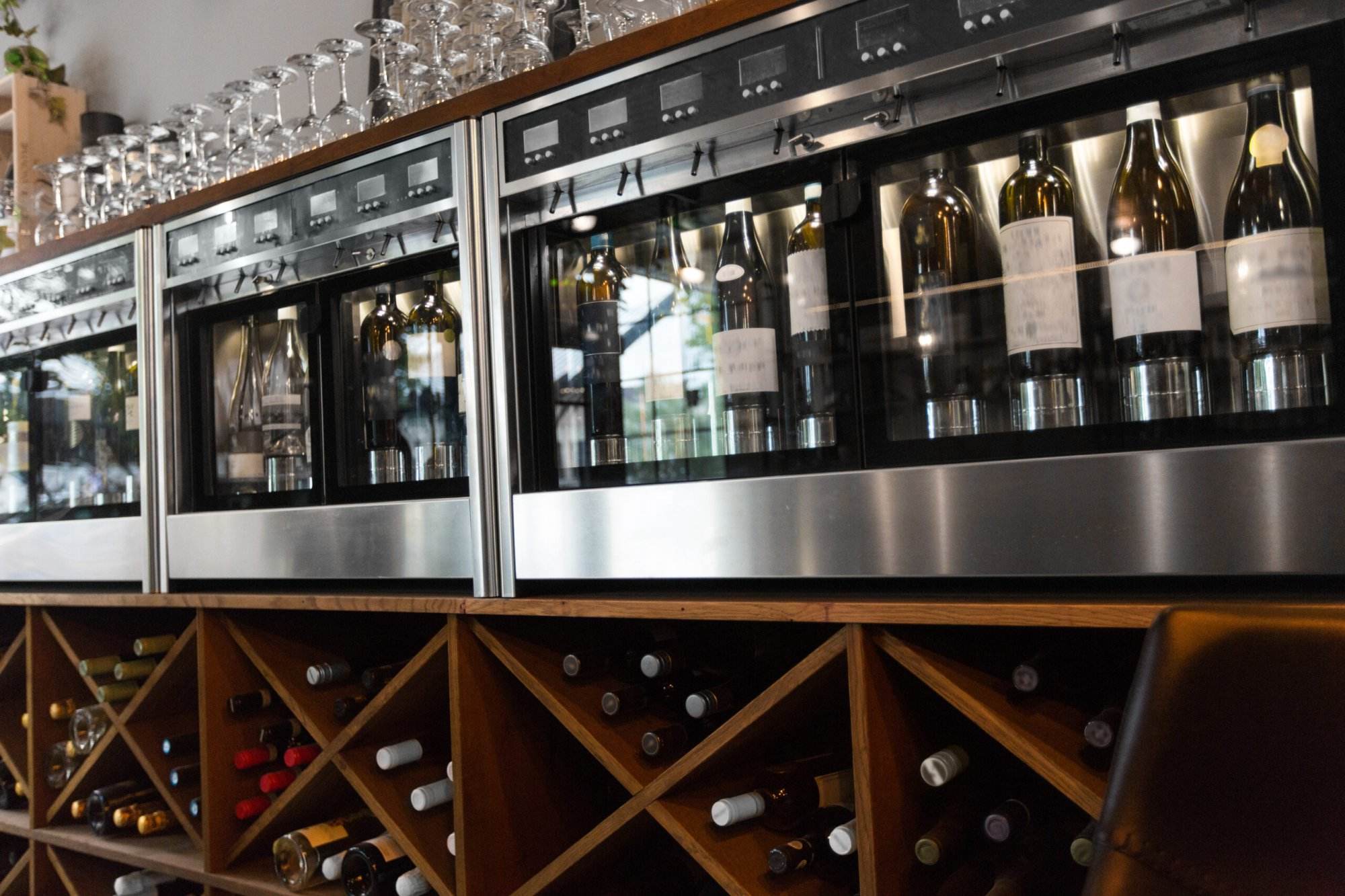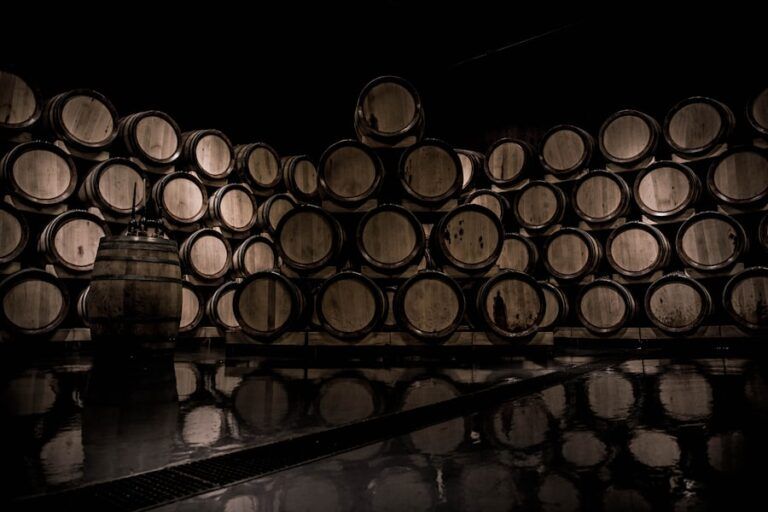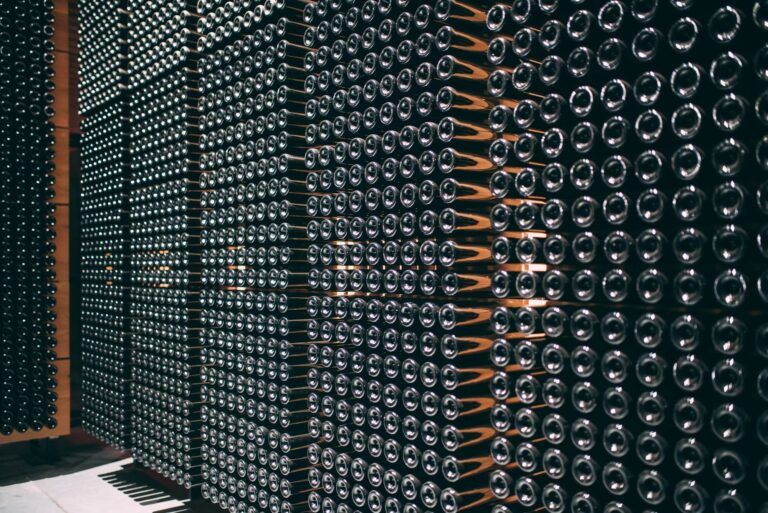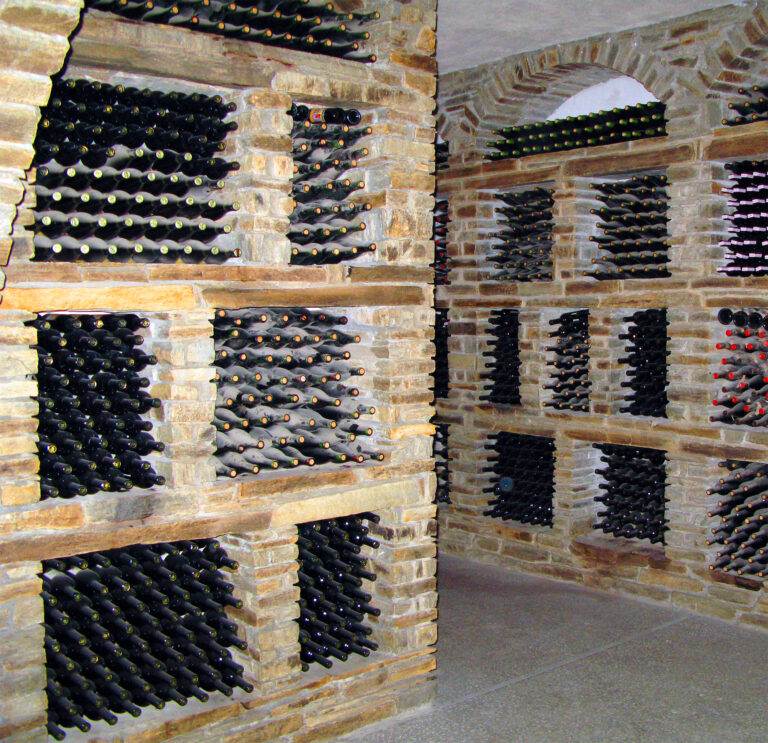A Guide to Wine Cellar Humidity Control for Walnut Creek Residents
The preservation of wine is an art that requires meticulous attention to detail, and one of the most critical aspects of this art is humidity control. Wine cellars are designed to create an environment that mimics the natural conditions found in traditional wine-producing regions. Humidity plays a vital role in this environment, as it affects the integrity of the cork, the flavor profile of the wine, and the overall aging process.
When humidity levels are too low, corks can dry out, leading to oxidation and spoilage. Conversely, excessive humidity can promote mold growth and damage labels, which can detract from the wine’s value and aesthetic appeal. Maintaining optimal humidity levels—typically between 50% and 70%—is essential for ensuring that wine ages gracefully.
This balance not only protects the wine but also enhances its flavor and aroma over time. A well-regulated humidity level helps to preserve the cork’s elasticity, allowing it to maintain a proper seal. This seal is crucial for preventing air from entering the bottle, which can lead to unwanted chemical reactions that compromise the wine’s quality.
Therefore, understanding and managing humidity is not just a technical requirement; it is a fundamental aspect of wine stewardship that every wine enthusiast should prioritize.
Key Takeaways
- Proper humidity control is crucial for preserving the quality and flavor of wine in cellars.
- Factors such as climate, cellar construction, and ventilation can affect humidity levels in wine cellars.
- Regular monitoring and maintenance of humidity levels are essential for preserving wine quality.
- Humidifiers and dehumidifiers play a key role in controlling and adjusting humidity levels in wine cellars.
- Preventing mold and mildew in wine cellars requires proper ventilation, insulation, and regular cleaning.
Factors Affecting Humidity Levels in Wine Cellars
Construction Materials and Humidity
The construction materials used in a wine cellar play a significant role in influencing humidity levels. For instance, concrete and stone walls tend to retain moisture better than drywall or wood, which can lead to fluctuations in humidity levels.
Insulation and Climate
The quality of insulation in the cellar is also crucial, as poorly insulated spaces may experience greater temperature swings, affecting humidity. The climate of the surrounding environment is another critical factor, with high humidity regions potentially leading to excessive dampness and arid climates making it challenging to maintain adequate humidity.
Seasonal Changes and Humidity
Seasonal changes also contribute to variations in humidity levels, with summer months typically bringing higher humidity and winter months resulting in drier air. By understanding these factors, wine collectors can take proactive measures to maintain a stable environment for their prized collections.
Methods for Monitoring and Maintaining Ideal Humidity Levels
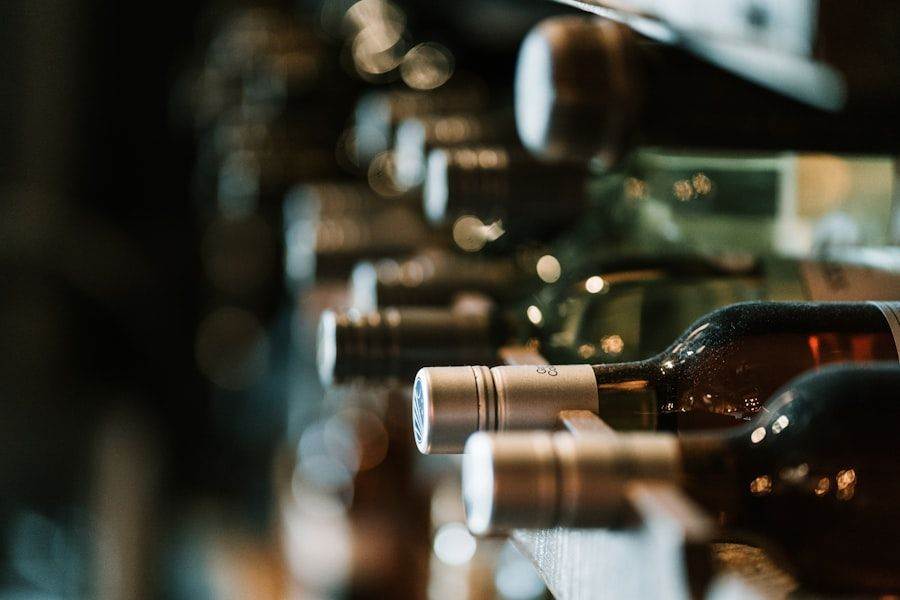
To ensure that humidity levels remain within the ideal range, regular monitoring is essential. One effective method is to use hygrometers, which measure the moisture content in the air. Digital hygrometers are particularly useful as they provide real-time readings and can often be connected to smart home systems for remote monitoring.
Placing multiple hygrometers throughout the cellar can help identify any areas with inconsistent humidity levels, allowing for targeted adjustments. In addition to monitoring, implementing strategies to maintain ideal humidity levels is crucial. This may involve using water trays or damp sponges placed strategically within the cellar to increase moisture levels naturally.
For those who prefer a more automated approach, investing in a dedicated wine cellar humidifier can provide consistent humidity control. These devices are designed specifically for wine storage environments and can be adjusted to maintain desired humidity levels effectively.
The Role of Humidifiers and Dehumidifiers in Wine Cellar Humidity Control
Humidifiers and dehumidifiers are essential tools for managing humidity levels in wine cellars. A humidifier adds moisture to the air when levels drop below the desired range, ensuring that corks remain properly sealed and preventing oxidation. There are various types of humidifiers available, including ultrasonic models that produce a fine mist and evaporative models that use a fan to circulate moist air.
Selecting the right humidifier depends on the size of the cellar and specific humidity needs. On the other hand, dehumidifiers are crucial in environments where humidity levels tend to rise excessively. High humidity can lead to mold growth and damage to both wine and storage materials.
Dehumidifiers work by extracting moisture from the air, helping to maintain a balanced environment. It’s important to choose a dehumidifier that is appropriately sized for the space; an undersized unit may struggle to keep up with moisture levels, while an oversized unit may create overly dry conditions.
Tips for Preventing Mold and Mildew in Wine Cellars
Preventing mold and mildew is paramount for maintaining a healthy wine cellar environment. One of the most effective strategies is to ensure proper ventilation within the space. Adequate airflow helps prevent stagnant air, which can contribute to mold growth.
Installing vents or using fans can promote circulation and keep humidity levels in check. Regular cleaning is another essential practice for mold prevention. Dust and debris can trap moisture, creating an ideal breeding ground for mold spores.
Wiping down surfaces with a mild cleaning solution and ensuring that any spills are promptly addressed will help maintain a clean environment. Additionally, inspecting corks and bottles regularly for signs of mold or deterioration allows collectors to take immediate action if issues arise.
The Impact of Temperature on Humidity Levels in Wine Cellars

Temperature and humidity are closely intertwined; changes in one often affect the other. Warmer air holds more moisture than cooler air, meaning that fluctuations in temperature can lead to corresponding changes in humidity levels. For instance, if a wine cellar experiences a rise in temperature due to external heat sources or poor insulation, it may lead to increased humidity levels as well.
Conversely, if temperatures drop significantly, humidity may decrease as well. This relationship underscores the importance of maintaining stable temperature conditions alongside humidity control. Ideally, wine cellars should be kept at a consistent temperature—typically between 55°F and 65°F—to create an optimal aging environment.
By managing both temperature and humidity effectively, wine collectors can ensure their collections age gracefully without compromising quality.
Common Mistakes to Avoid in Wine Cellar Humidity Control
While managing humidity levels may seem straightforward, there are several common mistakes that wine collectors should avoid. One frequent error is neglecting regular monitoring of humidity levels. Without consistent checks using hygrometers, collectors may remain unaware of fluctuations that could jeopardize their wine’s integrity.
Another mistake is relying solely on passive methods for humidity control without considering active solutions like humidifiers or dehumidifiers. While natural methods such as water trays can be helpful, they may not provide sufficient control in extreme conditions or larger cellars. Additionally, failing to account for seasonal changes can lead to unexpected challenges; what works during one season may not suffice during another.
Consulting with Professionals for Wine Cellar Humidity Control Solutions
For those who find managing humidity levels daunting or who have extensive collections at stake, consulting with professionals can provide invaluable assistance. Experts in wine cellar design and climate control can offer tailored solutions based on individual needs and environmental conditions. They can assess existing setups and recommend appropriate equipment or modifications to enhance humidity control.
Professional consultations also provide access to advanced technology that may not be readily available to individual collectors. From sophisticated monitoring systems that alert owners to changes in conditions to high-quality humidification systems designed specifically for wine storage, professionals can help create an optimal environment for aging wines. Ultimately, investing in expert guidance ensures that collectors can enjoy their wines at their best while safeguarding their investments for years to come.
In conclusion, understanding and managing humidity control in wine cellars is essential for preserving the quality of wines over time. By recognizing the factors affecting humidity levels, employing effective monitoring methods, utilizing humidifiers and dehumidifiers appropriately, and avoiding common pitfalls, wine enthusiasts can create an ideal environment for their collections. For those seeking additional support or expertise, consulting with professionals like Wine Hardware of Walnut Creek can provide tailored solutions that enhance both enjoyment and investment value in fine wines.
FAQs
What is the ideal humidity level for a wine cellar?
The ideal humidity level for a wine cellar is between 50-70%. This range helps to keep the corks from drying out and prevents mold growth.
Why is humidity control important in a wine cellar?
Humidity control is important in a wine cellar because it helps to preserve the quality of the wine. Proper humidity levels prevent the corks from drying out and maintain the integrity of the wine.
How can I control the humidity in my wine cellar?
You can control the humidity in your wine cellar by using a humidifier or dehumidifier to adjust the moisture levels as needed. Additionally, sealing the cellar properly and using insulation can help maintain the desired humidity level.
What are the risks of improper humidity levels in a wine cellar?
Improper humidity levels in a wine cellar can lead to dried out corks, which can cause wine to oxidize and spoil. It can also lead to mold growth, which can contaminate the wine and affect its flavor.
What are some tips for maintaining the proper humidity level in a wine cellar?
Some tips for maintaining the proper humidity level in a wine cellar include using a hygrometer to monitor the humidity, sealing any cracks or gaps in the cellar, and storing wine bottles on their sides to keep the corks moist. Regular maintenance of the cellar’s HVAC system is also important.

